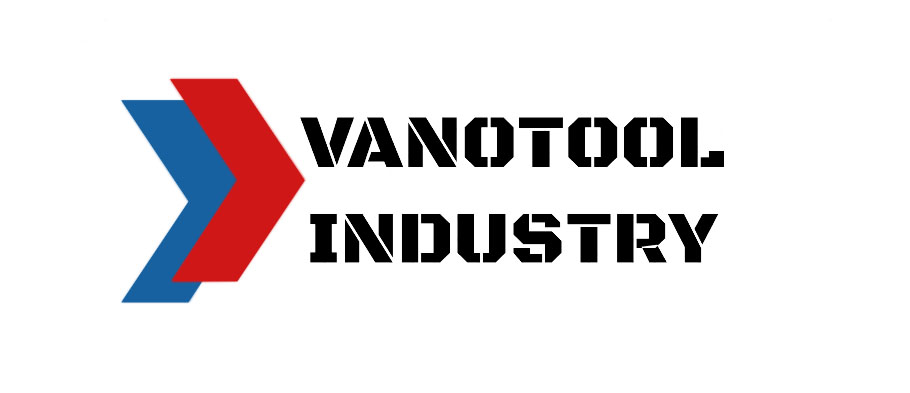No products in the cart.
Outsourcing manufacturing through OEM or ODM are two distinct processes. In the former, a business entrusts a third-party manufacturer to build its product according to its specifications. Conversely, manufacturers conceive and manufacture an individualized design in ODM that other companies can adopt and commercialize as their own brand.
When selecting an OEM/ODM service, you must evaluate several factors: production capabilities, quality control, communication and pricing. Additionally, selecting a manufacturer with experience in dealing with comparable products and markets is vital.
The OEM approach entails multiple stages, which begin with product design and end with the product being shipped to you.
Design
Before OEM production can begin, the design phase must take place. During this time, you will specify what you want to have made – including details such as measurements, characteristics and functionalities. The OEM then creates a prototype based on these requirements and sends it to you for approval. If accepted, it’s onto Step Two.
Sourcing
During this step, the OEM will obtain all components and materials necessary to make the final product. Depending on quality and cost, you can source these inputs from various suppliers or manufacturers.
Production
Fabrication is the actual manufacture of the product. The OEM uses the previously sourced components and materials to produce a complete item. This process may include various stages such as examination, inspection and quality control, ensuring that the finished piece meets specified requirements.
Packaging
After the product is made, it must be carefully packaged to ensure safe transportation and use. It may include a box, instructions or other materials specific to the item’s delivery.
Delivery
Once the OEM has completed manufacturing, it must hand off and ship the product to you.
